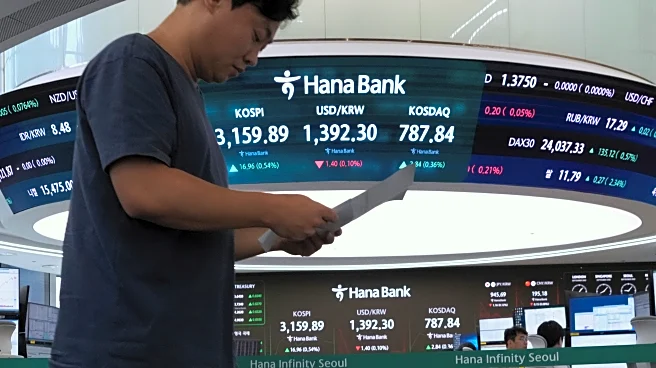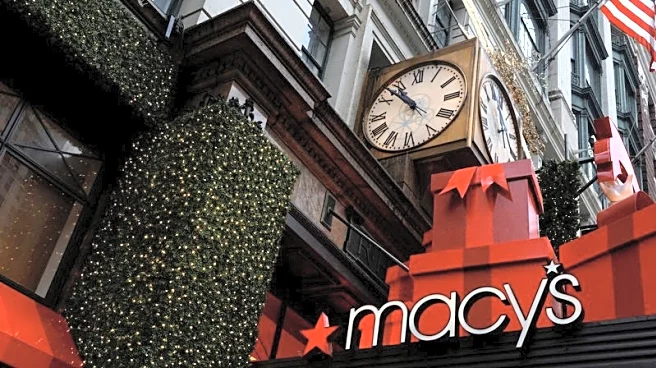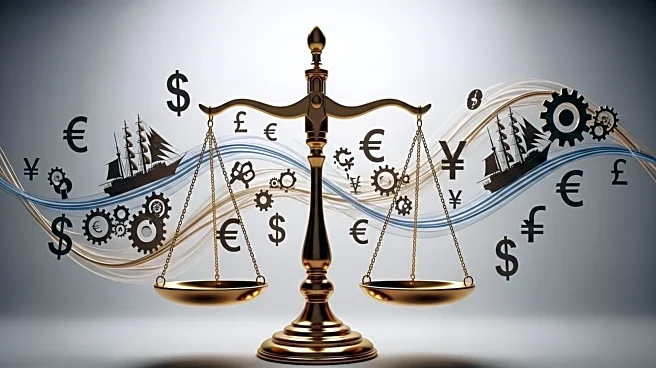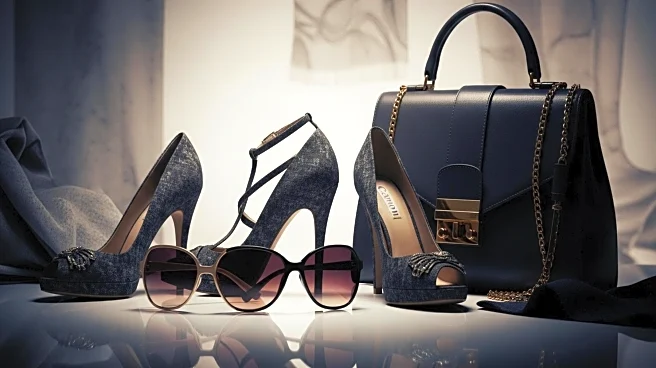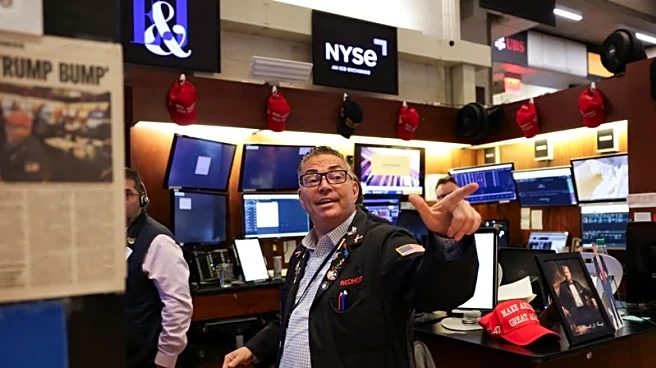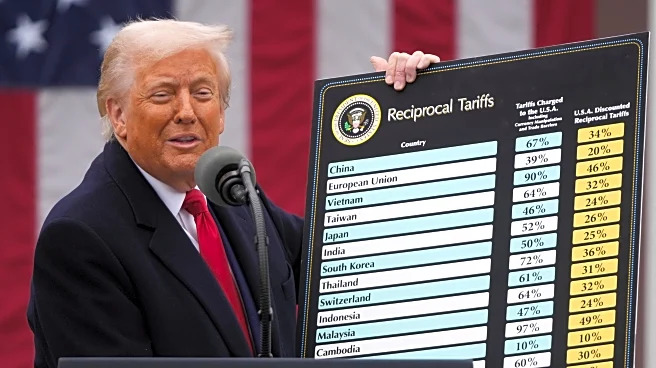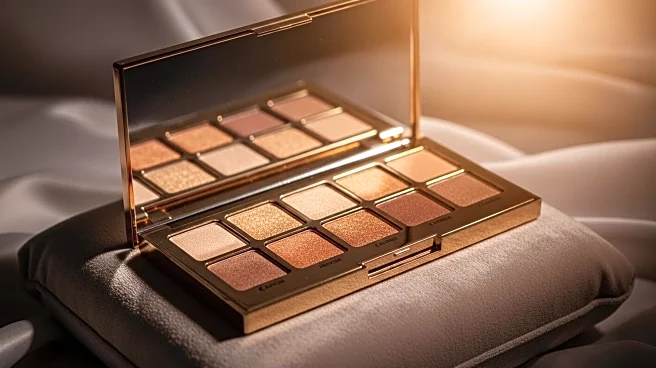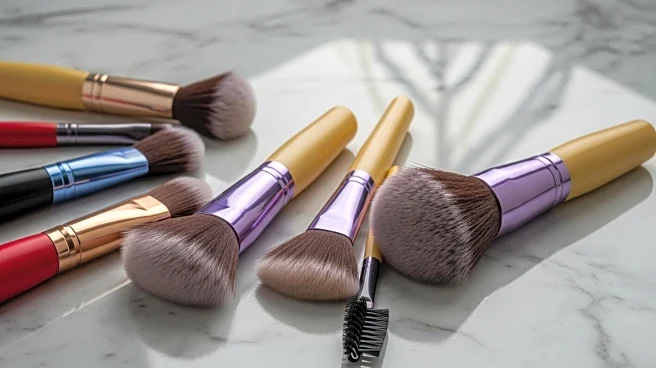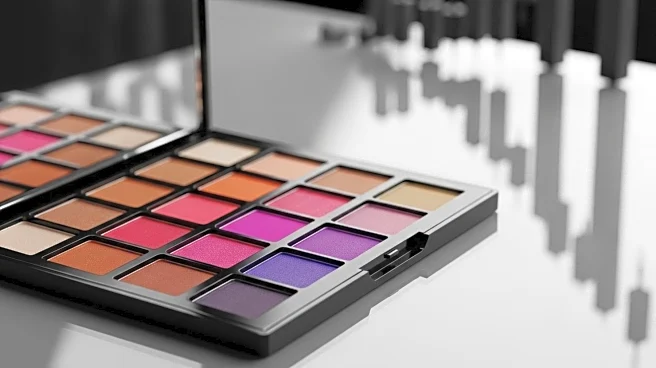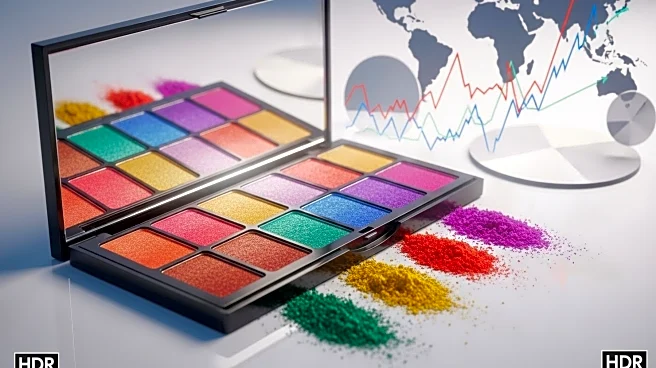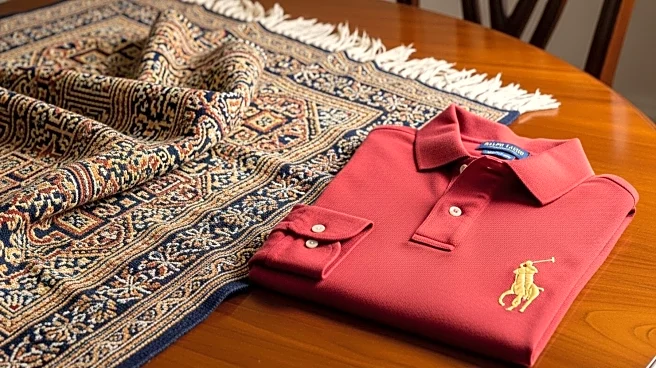What is the story about?
What's Happening?
Beauty companies are grappling with multiple challenges, including rising costs from inflation and import tariffs, particularly on products made in China. E.l.f. Beauty increased prices by $1 across its brand portfolio, while Procter & Gamble plans to raise prices on a quarter of its items. The industry faces slowing consumer demand and currency fluctuations, impacting sales targets and growth outlooks. Companies are exploring strategies to mitigate tariff impacts, such as sourcing flexibility and productivity improvements.
Why It's Important?
The beauty industry's response to rising costs and tariffs highlights the broader economic pressures affecting consumer goods sectors. As companies adjust pricing strategies, consumers may face higher costs for beauty products, potentially influencing purchasing decisions and brand loyalty. The industry's adaptation to these challenges may impact profitability and market dynamics, prompting innovations in sourcing and production. Additionally, the situation may influence trade negotiations and economic relations between major beauty product-producing countries.
What's Next?
Beauty companies may continue to explore strategies to manage rising costs and tariff impacts, potentially leading to further price adjustments and operational efficiencies. Monitoring consumer response to these changes will be crucial for maintaining competitiveness. Trade negotiations and policy decisions may be influenced by these developments, impacting international beauty product trade.
Beyond the Headlines
The shift in beauty industry dynamics may prompt discussions on sustainable sourcing and ethical business practices. Innovations in product development and supply chain management could emerge as companies adapt to changing market conditions.
AI Generated Content
Do you find this article useful?


